Berlin is the capital city of the Federal Republic of Germany and its largest city with a population of 4.5 million. Berlin is known for its historical significance as the German capital, lively nightlife of clubs and bars, street art, museums, palaces, and other historical attractions. However much of the city was destroyed in the final years of World War II as the Russians and Allies closed in to take the capital, Berlin also suffered from being split during the Cold War.
Since the reunification that followed the fall of the Berlin Wall in 1989, the German capital has undergone a rebirth and reconstructed itself greatly. As a result Berlin is an architecturally diverse city, from a few surviving medieval buildings near Alexanderplatz, to the ultra modern glass and steel structures at Potsdamer Platz, but you will still sense a distinct difference between neighbourhoods that existed on opposing sides of the Berlin Wall as the east side of Berlin still lags behind the western sides developed appearance.

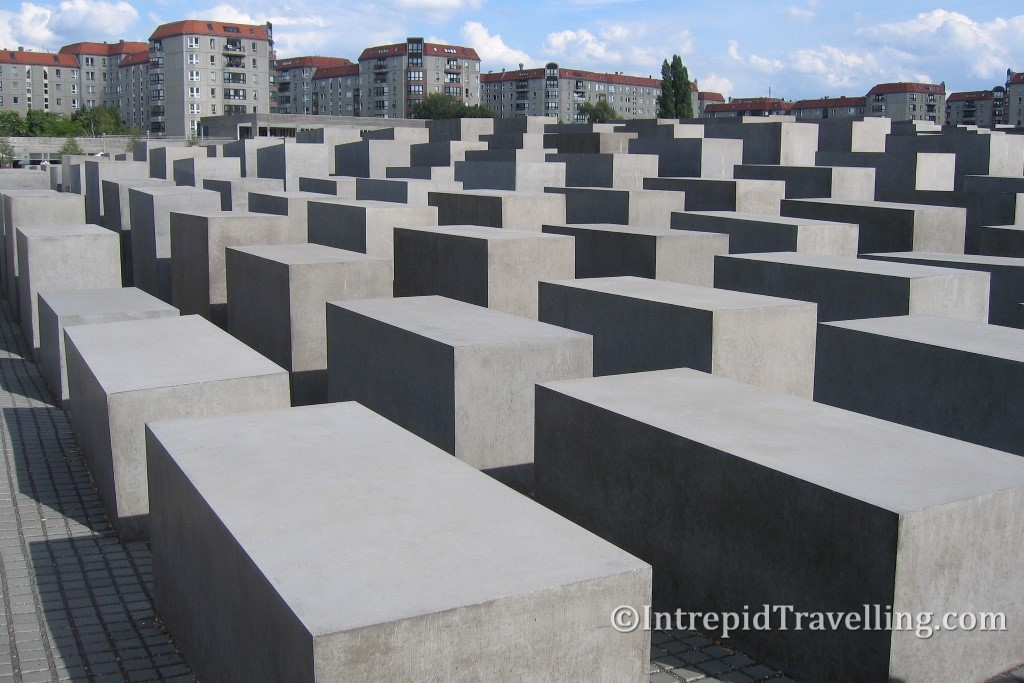





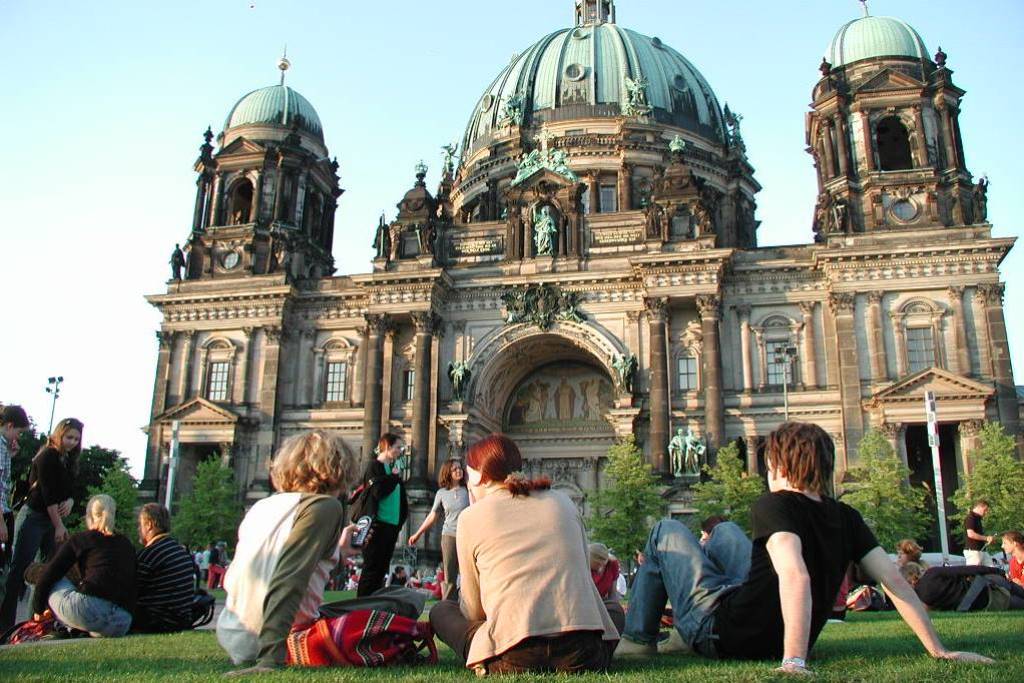
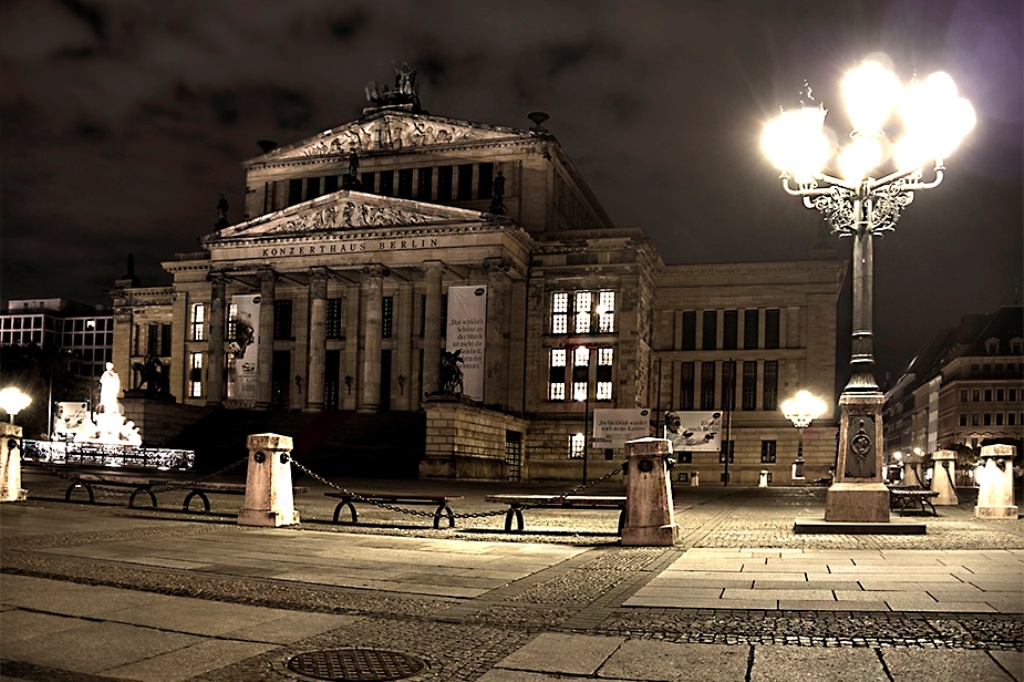
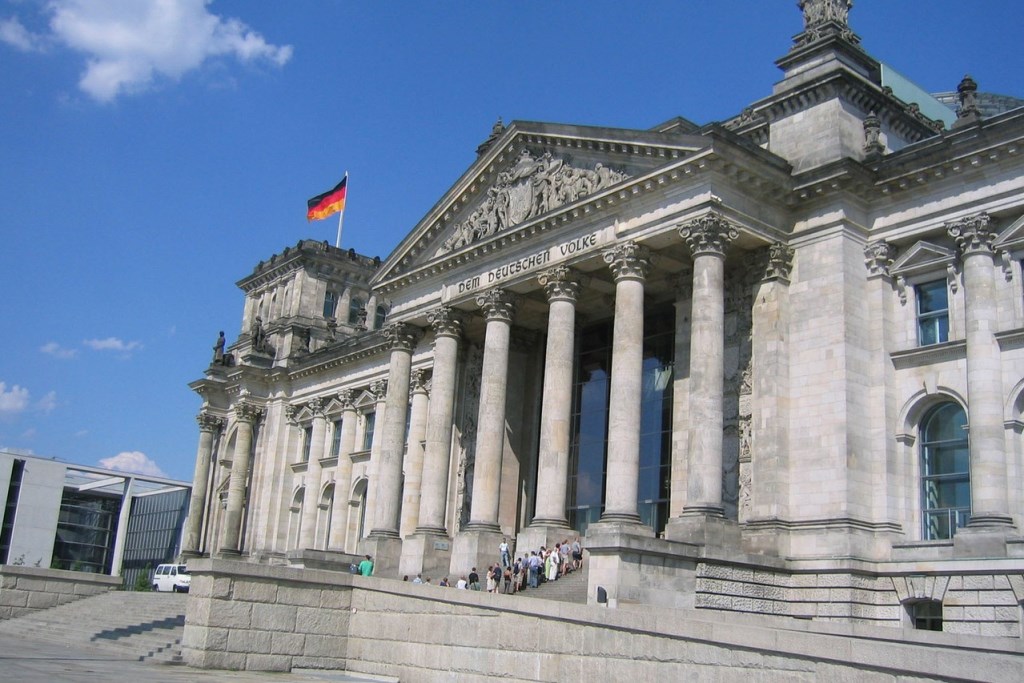





There is no shortage of world class attractions in and around Berlin, for example one of my favourite attractions is the Brandenburg Gate which was located next to the Berlin Wall was completed in 1799 as the royal city-gate, but is now arguably the most iconic symbol of Berlin and German Unification. At night the gate is an amazing sight to behold.
A short walk from the Brandenburg Gate is the incredible Reichstag (Bundestag), which is the German Parliament. The Reichstag has a rich history you can learn about during a visit, but you’ll have to wait in line to visit the huge glass dome which sits directly above the debating chamber atop the Reichstag as it’s very popular with 2.5 million visit each year.





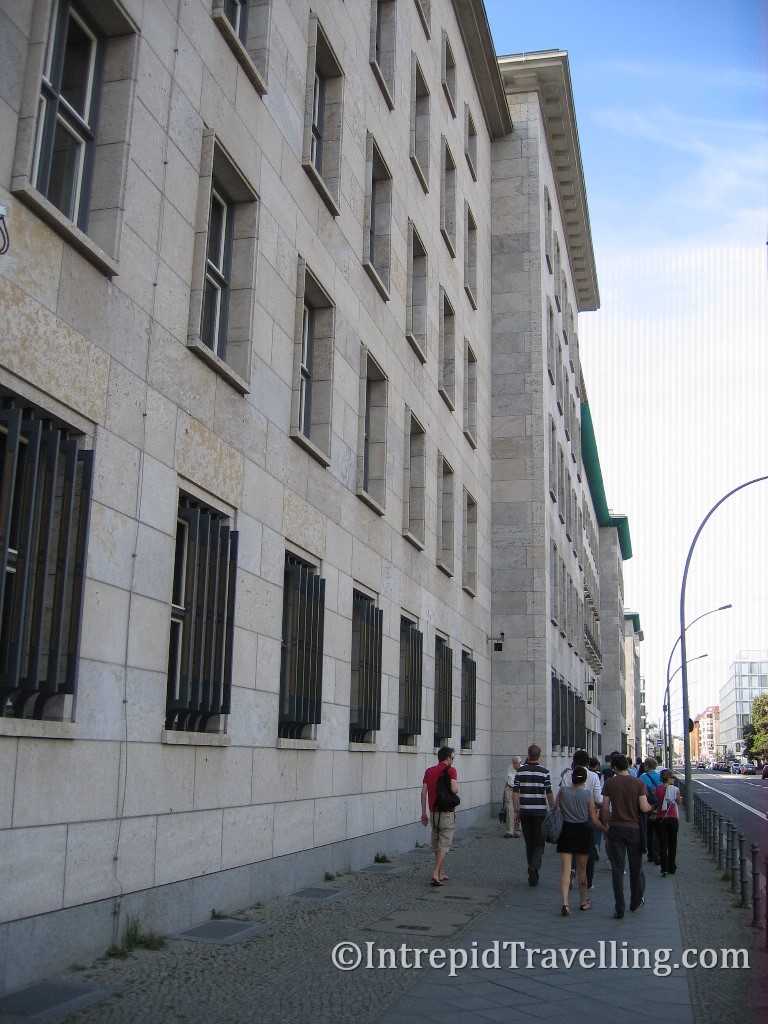





The memorial to the murdered Jews of Europe in Central Berlin is a massive open air artwork which covers an underground museum which details the Holocaust and many of the individuals that died. Whether you just manage to wander around the 2700+ blocks of various heights in quite reflection, or also have time for the museum, it’s a must see during your time in this historic city.
The Berlin Wall Memorial which is an open air memorial site which is a focal point of the German division and it is located in the middle of the capital is an interesting place to experience and see what the former wall and border zone looked like.


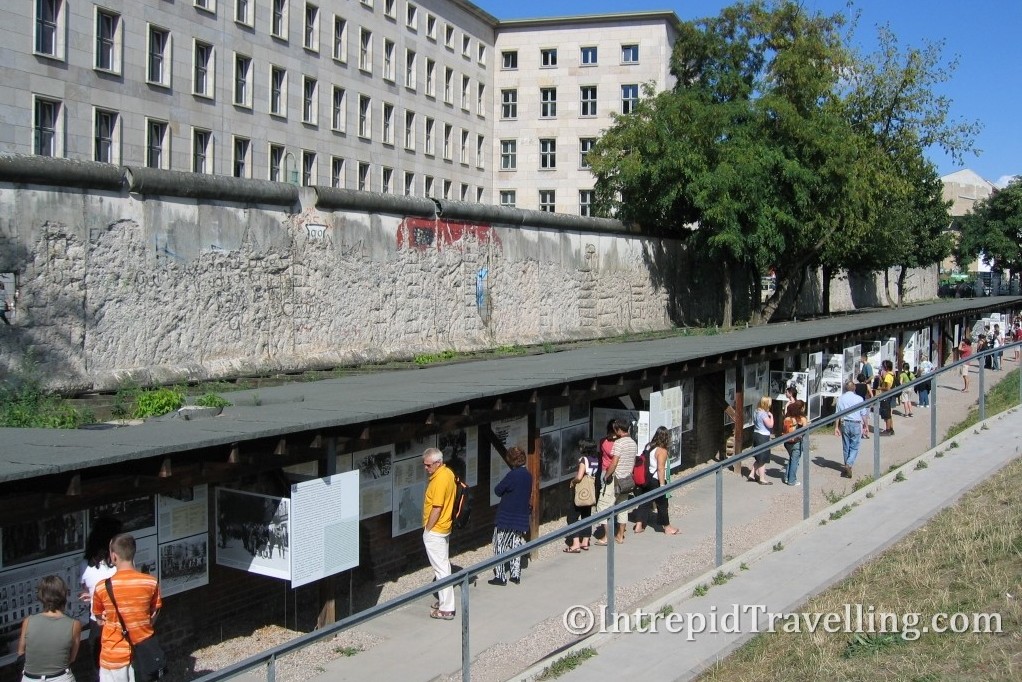





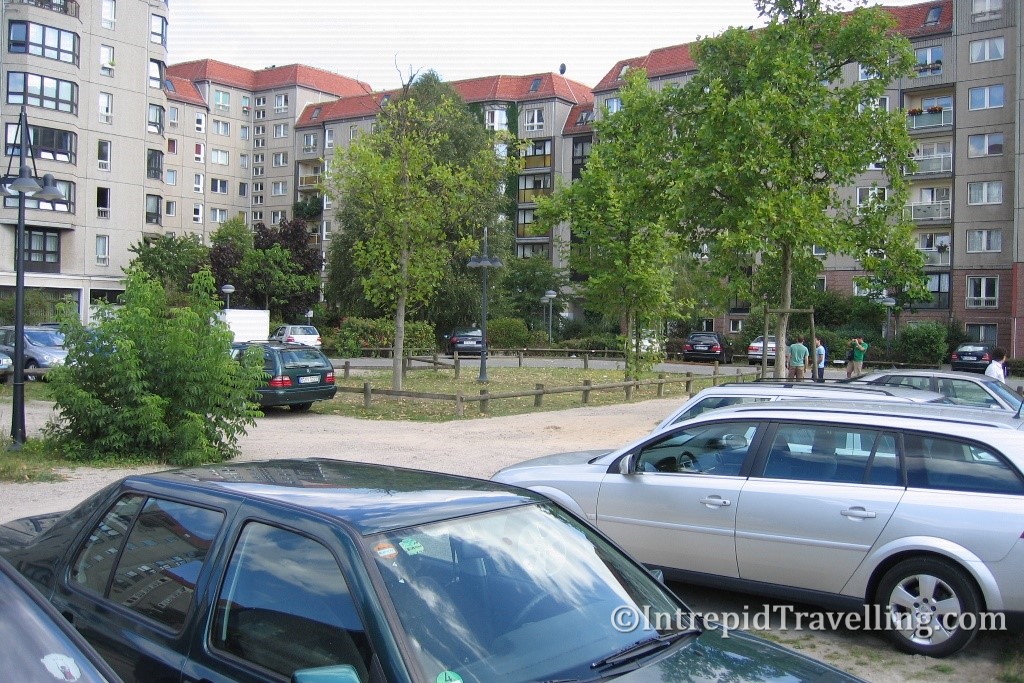

One of the most amazing, in my opinion, historical spots in Berlin is the Berliner Mauer Gedenkstaette. Here you’ll see one of the last remaining buildings from the Nazi Germany days (hence shows the architecture of the National Socialist Party), it was the headquaters for the Luftwaffe (German Airforce). There is a section of the Berlin Wall right next to the temporary memorial to the Holocaust victims placed on the foundations of the building where the SS planned their 'final solution' for the Jews.
A short walk from the Brandenberg Gate is a non-descript carpark on In den Ministergärten Street which is the site of Hitler’s former bunker (Führerbunker) where the burnt bodies of Hitler and Eva Braun were supposedly found by the Soviets at the end of WWII here. Rather amazing this significant piece of history isn't really marked and is just left as a car park for fear of it becoming a shire for neo-nazi groups.
Hiring bikes and exploring the city is a great way to visit the various sections of the Berlin Wall that remain. The East side gallery has some of the most impressive artwork that features on the longest remaining stretch of the wall, it’s a must see.





If you have a day to spare after taking in so many of the world’s finest attractions in Berlin, be sure to venture out of Berlin to the small World Heritage town of Potsdam, a former residence of Prussian Kings widely known for its castles and landscapes. Some of the highlights you shouldn’t miss are Sanssouci Park, the New Garden, Babelsberg Park and Sacrow Park.
Back in Berlin the last of our sightseeing was to visit the Gedächtniskirche memorial church, which is a highly symbolic church, that has been left since WWII, sobering to think 90% of this city was like this, or worse, in 1945. Berlin also has a vast array of museums so if you're keen on seeing a lot of them; make sure you buy the three day Museum Pass which allows you to access the normal exhibitions of the 50+ state-run museums and foundations.
Berlin was a surprise for me; parts of it appear a lot poorer than I expected the capital of Germany to be. Someone said to me that it was the most important city in the 20th century and after learning about the going ons of WWII and the subsequent history of East and West Germany amidst the Cold War I can only agree.




